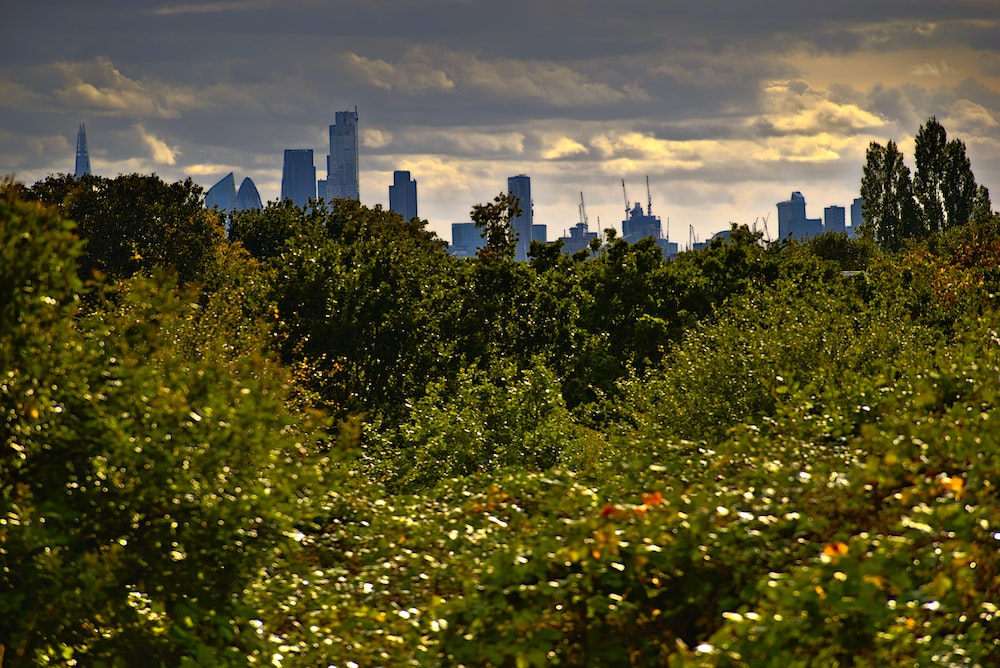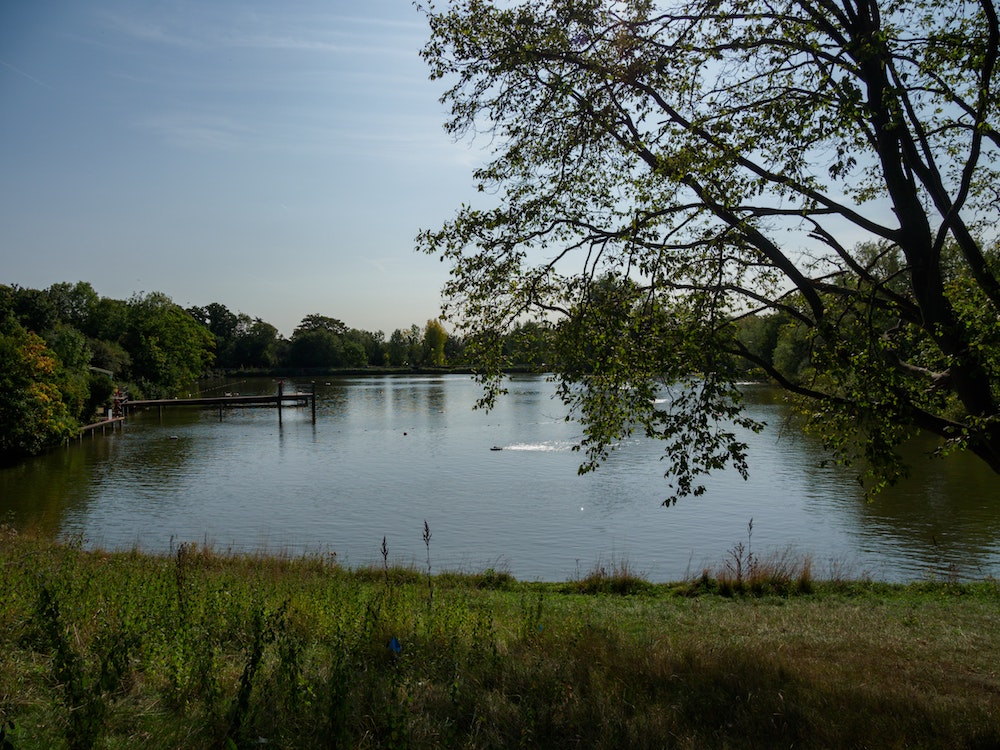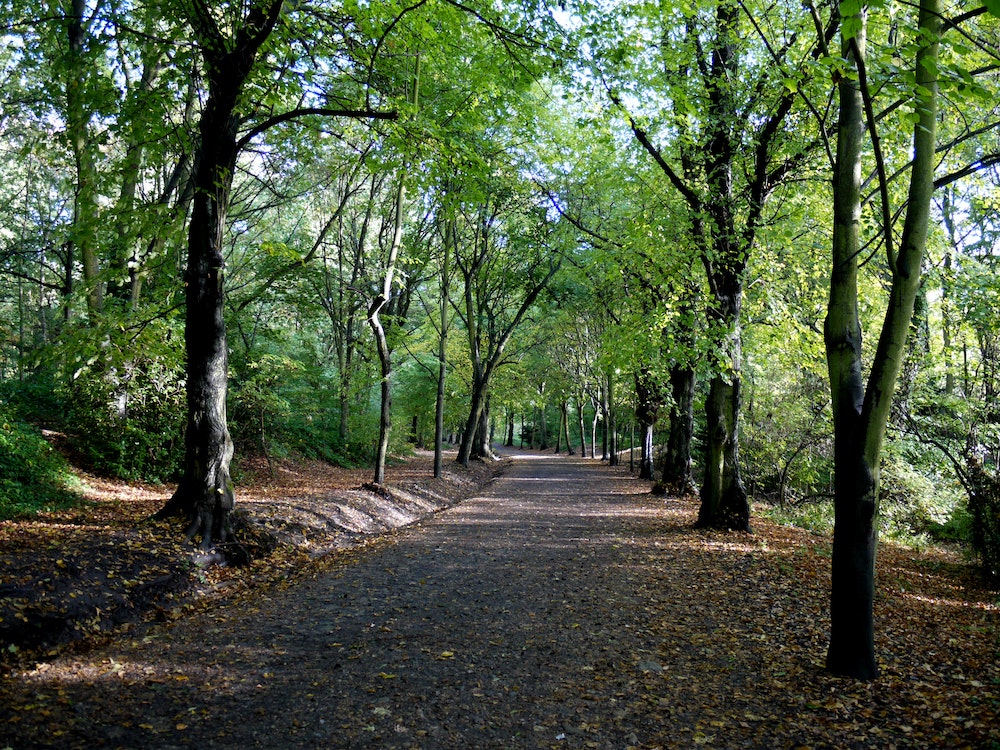Post
London - the greenest city? Discovering the capital's unique habitats.
23 Jul 2021
The lockdowns have made us all aware of just how important are the capital's green spaces. Conservationist Kabir Kaul celebrates the eco diversity of the city and how nature flourishes in unexpected places.
London is one of the greenest cities in the world. 47% of Greater London is classed as ‘green’; 33% is natural habitats within open space and an additional 14% is private, domestic garden land.
From gardens to grasslands and rivers to reservoirs, our capital has a vast array of habitats - each one unique and important for urban wildlife - that together create a gigantic ecosystem that supports all living organisms that call London home.
Green spaces are everywhere in London, and they come in many forms. Our community green spaces provide for biodiversity on a local level: as well as bringing our local neighbourhoods together, the capital’s allotments, city farms, community gardens and orchards are vital oases for the wildlife on our doorstep. Similarly, our private gardens with their huge variety of plants, and water sources like ponds, are hugely beneficial for birds, insects and amphibians.
Public parks were created by the Victorians to preserve the natural environment in cities during the Industrial Revolution. These, together with the inner city’s Royal Parks and squares, are frequently referred to as the ‘Lungs of London’. Their trees, ornamental gardens and ponds are home to pollinators, grey squirrels, and a wide variety of bird species including the capital’s famous parakeets.
Unlike parkland, the capital's farmland has become limited to London’s fringes. Biodiversity is mainly found in hedgerows and field margins: the hedgerows at Pinner Park Farm in Harrow are thought to be over two hundred years old, and are frequently used by greenfinches and house sparrows. The fields themselves support large flocks of starlings and finches, as well as small mammals, during the winter and spring.
Grasslands and meadows are everywhere in the capital. In many parks they are mowed to be used as playing fields, and though some may consider their tall grass and shrubs unattractive, they can have a very beneficial impact on wildlife during the spring and summer. Grassland produces several wildflowers, like cornflower, oxeye daisy and knapweed, which are enjoyed by many species of bees and butterflies; and birds rest in the grass during migration periods. Chalk grassland transforms into spectacular wildflower meadows during the summer, but we have lost 97% of them. They are very rare in London, mainly found in Croydon and Bromley.
Until the Middle Ages, vast swathes of modern-day London were large forests, such as the Forest of Middlesex and the Great North Wood. Over time, the expansion of settlements and the popularity of agriculture led to these woods being fragmented, and now the remains of this ancient woodland are scattered throughout the capital. Much of London’s tree cover was planted in the last two hundred years, and is known as secondary woodland; their ecosystems are not as complex as ancient woodlands. Combined with the city’s thousands of street trees, London’s urban forests account for 21% of the capital’s land area.
Our blue spaces are just as important. Rivers, streams and canals weave their way through the suburbs, creating important wetland habitats for fish, dragonflies and waterbirds: these are situated in immense valleys, like the Colne, Lea, Wandle and Hogsmill, among others. At the centre of these watercourses sits the Thames. Declared biologically dead in the 1950s due to the impact of industry, conservation efforts since then have cleaned up the river. Now, it is home to wildfowl, is occasionally visited by porpoises, and recently even seahorses have been found in the mouth of the Thames.
There are also a large number of reservoirs and gravel pits across London. Many of these are no longer in operation, and have been managed so nature can reclaim them; examples include Brent Reservoir, Broadwater Lake and the former Barn Elms Reservoirs, now London Wetland Centre. Some, like Walthamstow Wetlands, still provide drinking water to Londoners while also supporting important numbers of ducks, herons and gulls.
To appreciate the scale on which London’s biodiversity has adapted to its urban surroundings, we must equally value places which are not always considered ‘habitats’. The concrete and bricks of brownfield sites are home to rare invertebrates, and birds of prey like kestrels hunt between their derelict buildings. In recent decades Central London has seen the advent of green roofs: their diversity of plants attracting several species of pollinator, and crucially aim to boost the capital’s population of black redstarts. A few weeks ago, the only UK population of small-flowered tongue orchids was discovered on the Nomura green roof in the City - reminding us that rare species can thrive in the most unusual of places.
With more Londoners discovering the green and blue spaces around them since the beginning of the pandemic, I am optimistic about the future of London’s habitats. This large ecosystem is essential for both people and wildlife: it is our responsibility to protect it.
Kabir Kaul is a young conservationist and wildlife writer, passionate about biodiversity in London, who loves to encourage people to make their doorstep more wildlife-friendly. You can read his blog here, or follow him on Twitter @KaulofthewildUK


